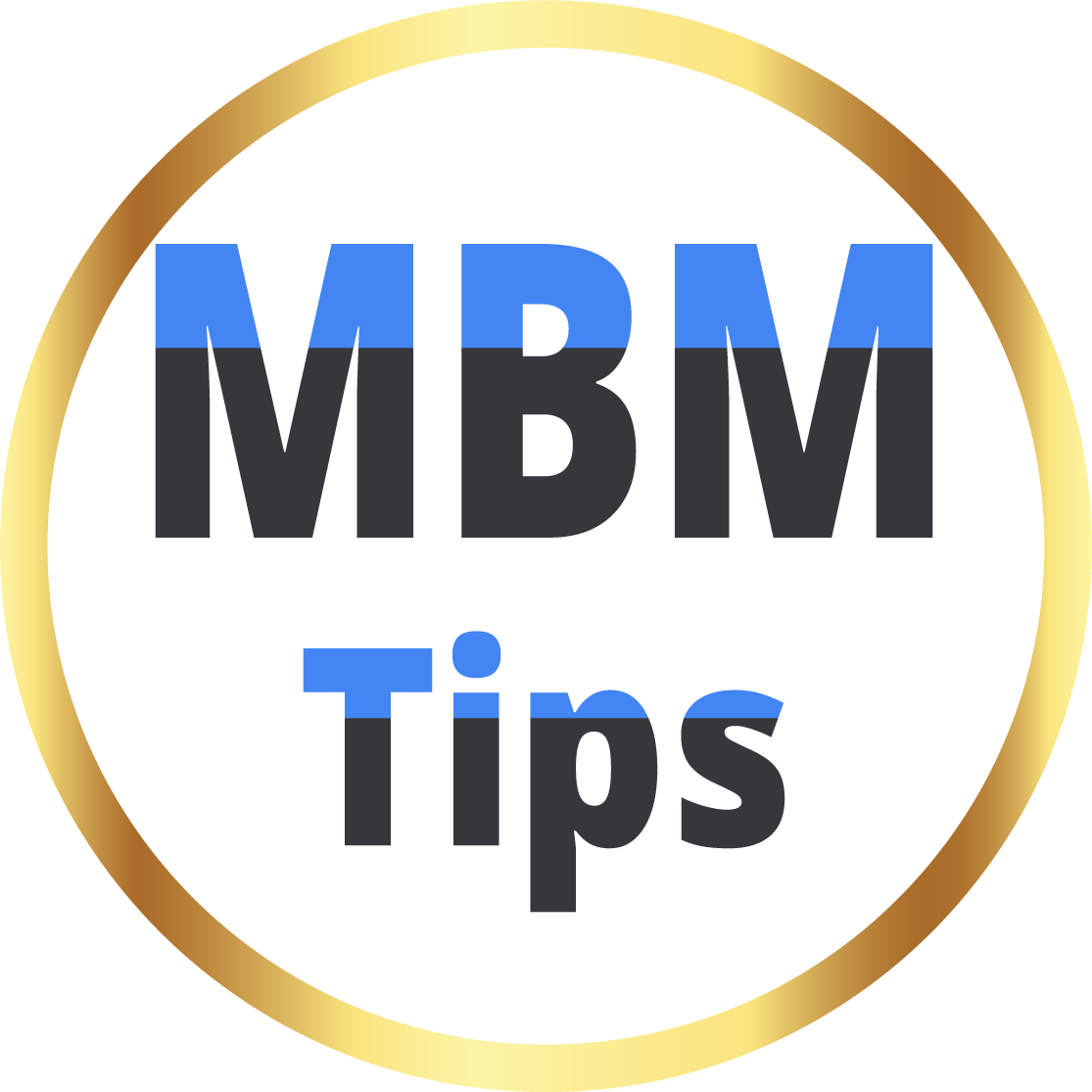Imagine a radio telescope positioned on the far side of the moon, reaching out to touch the ancient past of the universe. This imaginative concept is transforming into reality through the ambitious scientific venture known as LuSEE Night, slated to be operational by 2026. This groundbreaking initiative stands as a testament to a significant collaboration between NASA, the U.S. Department of Energy (DOE), Brookhaven National Laboratory, and DOE’s Lawrence Berkeley National Lab.
Unveiling the Mysteries of the Universe’s Distant Past
LuSEE Night goes beyond mere exploration of the cosmos; it aims to plunge into an era of the universe that has remained unobserved. Recently, the project received a financial boost from NASA, facilitating the integration of a cutting-edge calibrator into the mission. This sophisticated device will ensure precise measurements, laying the groundwork for the development of even more advanced space telescopes.
Tackling Calibration Challenges
LuSEE Night is breaking away from the norm in the realm of telescopes. Unlike optical telescopes that move around, LuSEE Night will be steadfast, featuring fixed antennas that keep an eye on the entire sky.
This unique approach raises eyebrows in the world of space exploration. While optical telescopes typically pivot to track celestial objects, LuSEE Night opts for stability, stationing itself on the far side of the moon. The fixed antennas act as silent observers, gazing across the vastness of the cosmos without the need for constant repositioning.
This stationary setup, though unconventional, serves a purpose. It allows LuSEE Night to maintain a constant watch over the heavens, capturing data and insights from various parts of the universe without the intricate dance of adjusting its position.
In the grand tapestry of scientific exploration, LuSEE Night's decision to stand still amid the cosmic ballet is a noteworthy This unique setup presents calibration challenges. Conventional methods, such as using drones to position a point source above ground-based radio telescopes, are impractical for the moon. To overcome this obstacle, NASA has enlisted Firefly Aerospace Inc. to construct a complex radiofrequency transmitter calibrator that will orbit the moon.
Reducing Uncertainty to 1%
As it orbits, the calibrator will emit a detection signal, visible to LuSEE Night. This calibration process is poised to enable precise measurements and is expected to slash uncertainty from 20% to a mere 1%. The launch and development of the calibrator fall under NASA’s Commercial Lunar Payload Services (CLPS) initiative, which forges partnerships with private companies for cost-effective lunar missions.
The voyage to the moon for LuSEE Night and other scientific instruments relies on a rocket. The calibrator is designed to remain in lunar orbit, marking a new chapter in exploration that seamlessly merges technology and human curiosity to unlock the secrets of the universe.


The site radiates a welcoming and inclusive vibe.
ReplyDeleteI enjoyed the conversational tone of your writing – makes it easy to connect with the content."
ReplyDelete